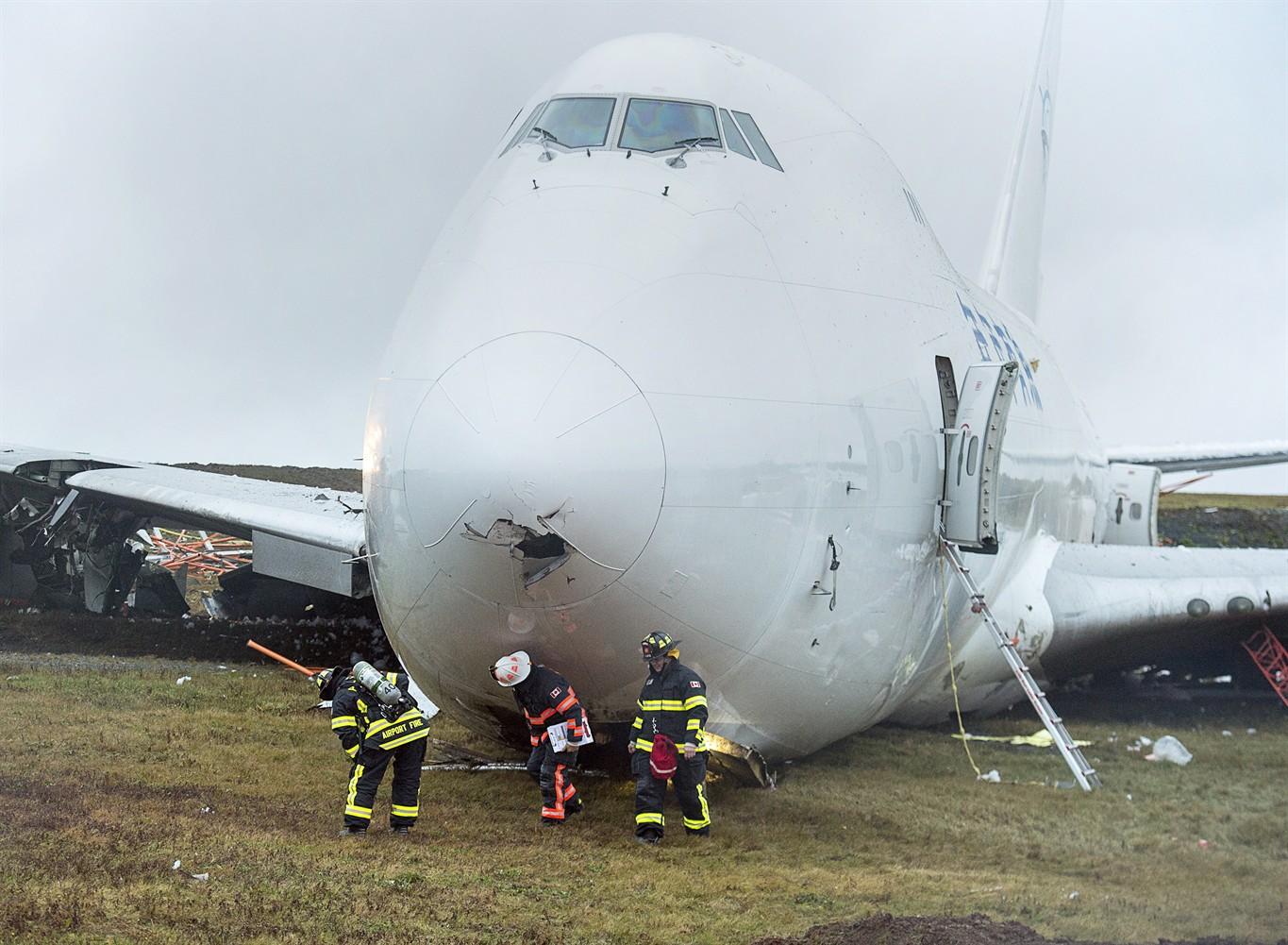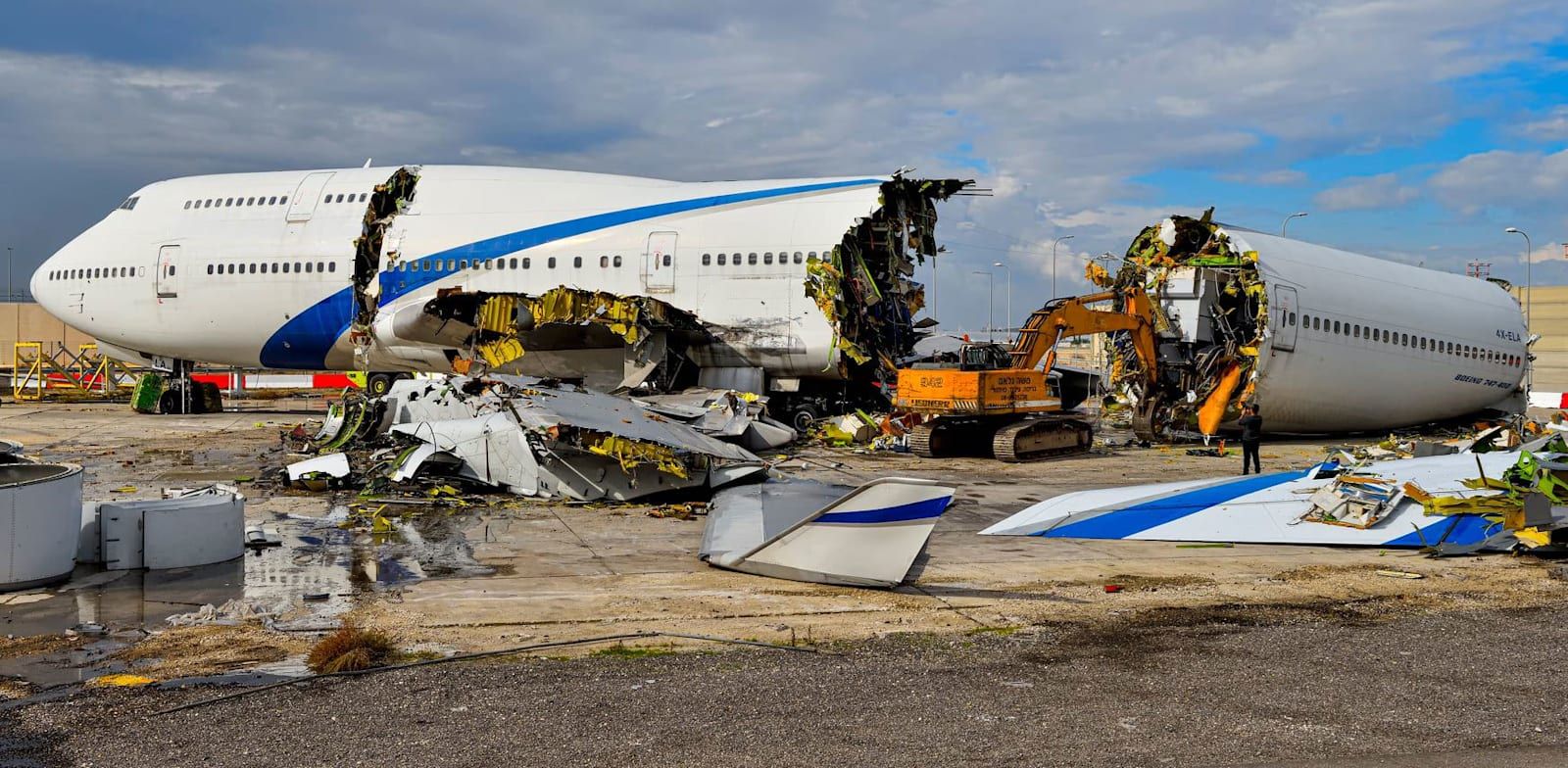Toronto Airport incident: Boeing 747 Hydraulic System (June 26, 1978)
Author's blog Navitraicon
Introduction
Each air travel is, on the one hand, the daily reality of millions of people, and on the other, is a complex engineering system, where everything is debugged to the smallest details. When you sit in a chair and attach a belt, you rarely think about how much it depends on the accuracy, coordination and reliability of all the mechanisms of the aircraft. This is especially true for giants such as Boeing 747 , the legendary liner, which has become a symbol of the golden era of aviation.
June 26, 1978 one of these aircraft aircraft Air Canada ended up at the epicenter of a technical emergency situation. There was a refusal in the flight hydraulic system , vital for managing the aircraft. The crew had to decide on emergency landing at Toronto Airport , risking the lives of hundreds of people aboard.
This incident went down in history as an example of composure, skill and forces of human will in the face of a potential catastrophe. On the blog Navitraicon We analyze in detail how the events of the day developed that could lead to the tragedy, and why it ended without sacrifices.
The main part
Aircraft and route
The incident occurred with an airplane Boeing 747-100 , one of the most impressive and advanced airliners of his time. The crew consisted of experienced Air Canada pilots, and were on board 307 people - Passengers and crew members.
The route included a transcontinental flight, and most of the time the flight took place as usual. Passengers calmly enjoyed the journey, not suspecting an impending danger.
At the approach to Toronto, in preparation for landing, the crew commander received signals about refusal of the hydraulic system . This is one of the key aircraft systems that is responsible for managing the shutters, steering surfaces, chassis, brakes and flight stabilization. Loss of hydraulics means that the aircraft becomes almost uncontrollable.
Mopping moments
The crew immediately began to analyze the situation. It was found that the refusal did not occur in the entire system, but in its significant part. This meant that the possibilities of managing the aircraft were Strongly limited but not completely lost.
A decision was made Do not risk the departure of the reserve airfield , A Urgently prepare for emergency landing at Toronto Airport who had infrastructure for receiving wide -body liners in emergency situations.
The pilots began the procedure for descent and preparation for landing manually, without full -fledged help of the autopilot and without some of the key aircraft mechanisms. They warned the dispatch service, which in turn initiated Extreme readiness mode At the airport: Fire calculations, medical services were mobilized, the strip was completely cleaned and prepared for landing.
Landing without the right to error
One of the most difficult stages of landing - the control of the shuttle position and the release of the chassis - became especially critical. Without complete work, hydraulic drives of the crew demanded absolute accuracy and coordination . Despite the malfunctions of the systems, the pilots managed to manually stabilize the aircraft and bring it to the gliderative.
At the time of touching the strip, all the airport services were brought into full combat readiness. Boeing 747 landed Tough, but controlled . Thanks to the correct landing configuration and verified actions of the pilots, the plane did not roll out of the strip and did not receive critical damage.
Immediately after the aircraft stopped, it began Evacuation of passengers However, she passed without panic. No one was injured. There was no fire on board, and all 307 people were successfully taken to the terminal for medical examination and providing the necessary assistance.

Technical analysis
After the completion of the emergency landing, the investigation of the technical reasons for the refusal of the hydraulic system began. Air Canada engineers, together with independent aviation experts, conducted a full diagnostics of the aircraft.
It was found that the refusal was caused leakage of working fluid In one of the main circuits of hydraulics. Although the aircraft was equipped with several duplicate systems, in this situation Critical damage to the distribution module occurred What made it difficult to manage the main elements of the glider.
Particular attention was paid to how the crew acted in these conditions. It was recognized that it was the high qualifications of the pilots and timely decisions that allowed to avoid tragedy.
Heritage and changes in protocols
The 1978 incident was the starting point for revision of the diagnostic and control protocols for hydraulic systems On wide -body liners. A new model of load distribution between reserve systems was developed, and the crew response algorithms for refusal signals were improved.
In addition, this case served as an additional argument in favor modernization of training programs for pilots , especially in terms of actions in a partial refusal of critical systems.
Air Canada also strengthened the internal standards for maintenance of aircraft and began to participate in international aviation forums more actively, sharing experience and conclusions.
Conclusion
The incident with Boeing 747 at Toronto Airport on June 26, 1978 is not just a technical emergency situation. This is a story about human responsibility, the power of professionalism and the ability to maintain control in a high threat.
Despite a serious refusal, the complexity of the situation and potential risk, No one was injured . And this is the best proof that aviation security is not only technologies, but also people who are behind their management.
Blog Navitraicon He considers it important to remember such episodes not for the sake of sensations, but for respect for those who daily ensure the safety of millions of travels.
It is in such stories that confidence in aviation is born - as one of the most reliable systems created by mankind.
